The doctor at the local hospital diagnosed me with an irritable bladder of unknown cause and advised me to go to a higher level to measure bladder pressure.
What is this method and how does it work? (Nguyen Van Trung, 56 years old, Vinh Long)
Reply:
Cystometry or urodynamics are tests used to evaluate bladder function. These tests measure the bladder's ability to hold and empty urine. They also check for bladder leakage or incomplete emptying.
Bladder manometry is often performed when patients have urinary disorders, especially urinary incontinence; or urinary tract diseases in women due to age, pregnancy, childbirth and menopause, men with prostate, nerve - spinal diseases.
Symptoms include urine leakage when coughing, sneezing, laughing or exercising; frequent, sudden need to urinate; nocturia; incomplete emptying of the bladder; and recurrent urinary tract infections.
Test results can help your doctor determine the cause of your urinary symptoms and recommend the best treatment.
Patients are required to refrain from urinating for one hour before the urodynamic test, but there is no need to fast or diet. The procedure takes about 30-45 minutes and is painless, with only slight discomfort. Patients can drive themselves home immediately after the test is completed.
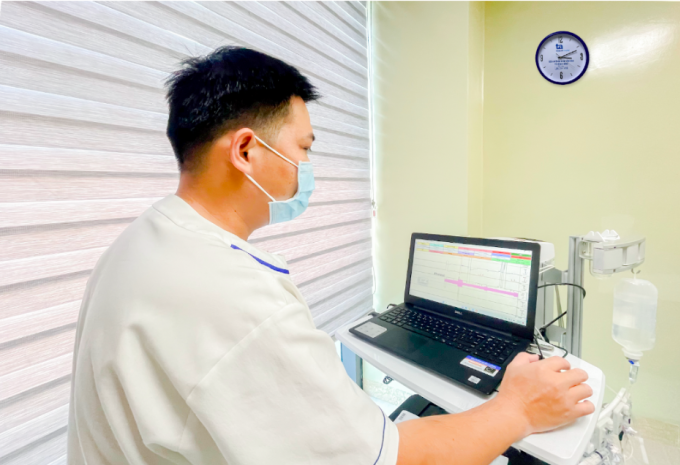
Urodynamic measurement at Tam Anh General Hospital, Ho Chi Minh City. Photo: Anh Thu
To do this, the patient urinates into a special toilet to measure how quickly the bladder empties urine. The patient may also have an ultrasound scan after urination to assess the amount of residual urine.
The nurse places a catheter with a sensor into the bladder (through the urethra) to measure the pressure in the bladder as it fills with saline. Another catheter with a sensor is also placed in the rectum (anus).
During this process, the patient is asked about bladder sensations and performs certain actions that trigger the problems they are experiencing, such as coughing, straining, etc., to let the health care provider know when the bladder is full.
Finally, the patient urinates again while the two sensors are still in the bladder and rectum, then removes the sensors and completes the test.
Dr. Le Phuc Lien
Head of Urology Unit, Urology - Nephrology - Andrology Center
Tam Anh General Hospital, Ho Chi Minh City
Source link






![[Photo] Visiting Cu Chi Tunnels - a heroic underground feat](https://vstatic.vietnam.vn/vietnam/resource/IMAGE/2025/4/8/06cb489403514b878768dd7262daba0b)





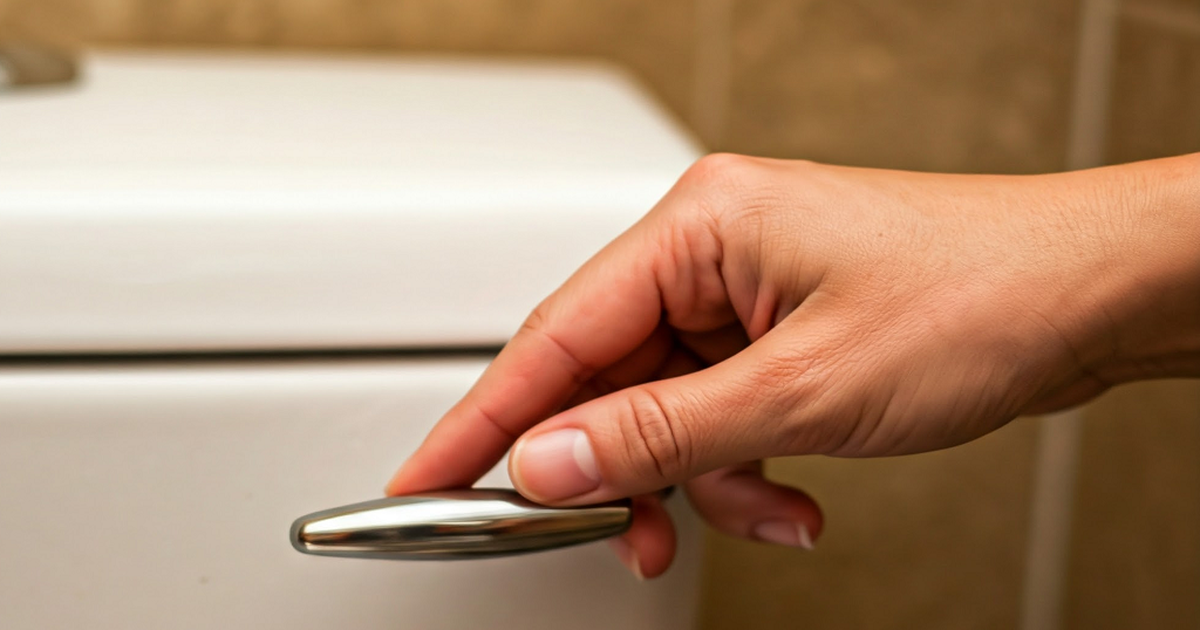
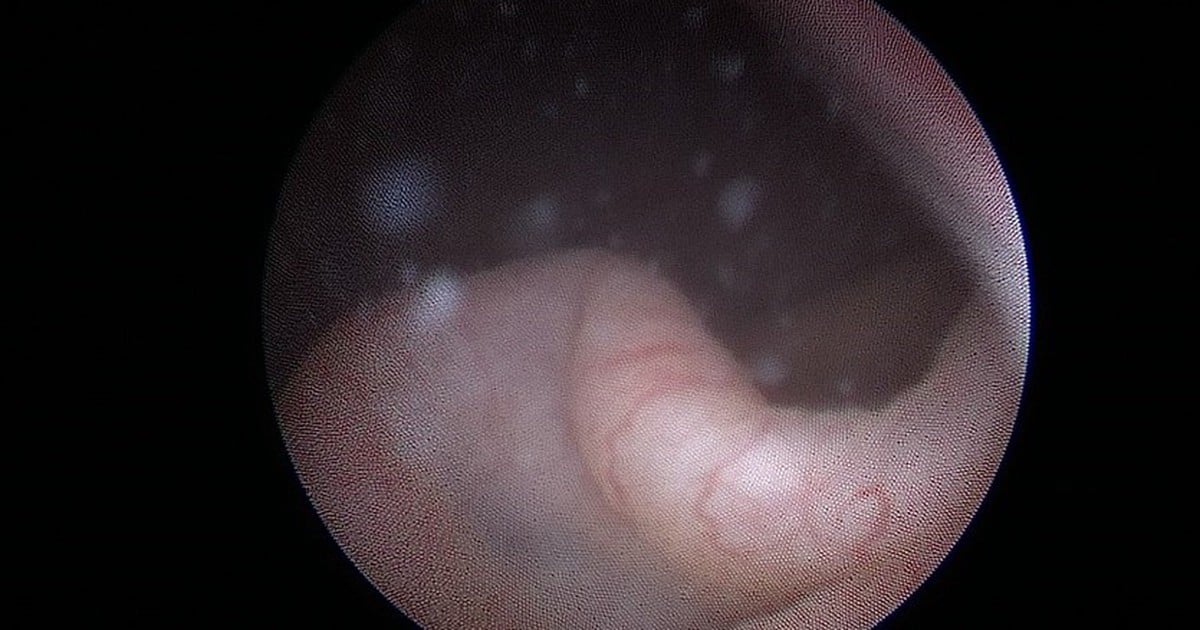
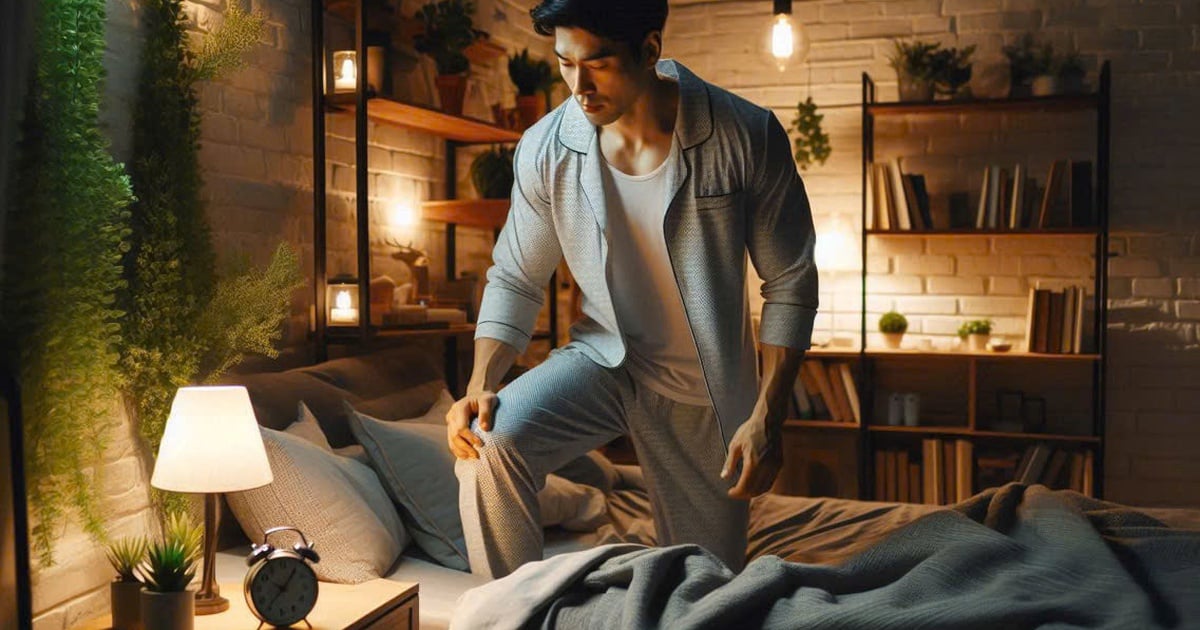
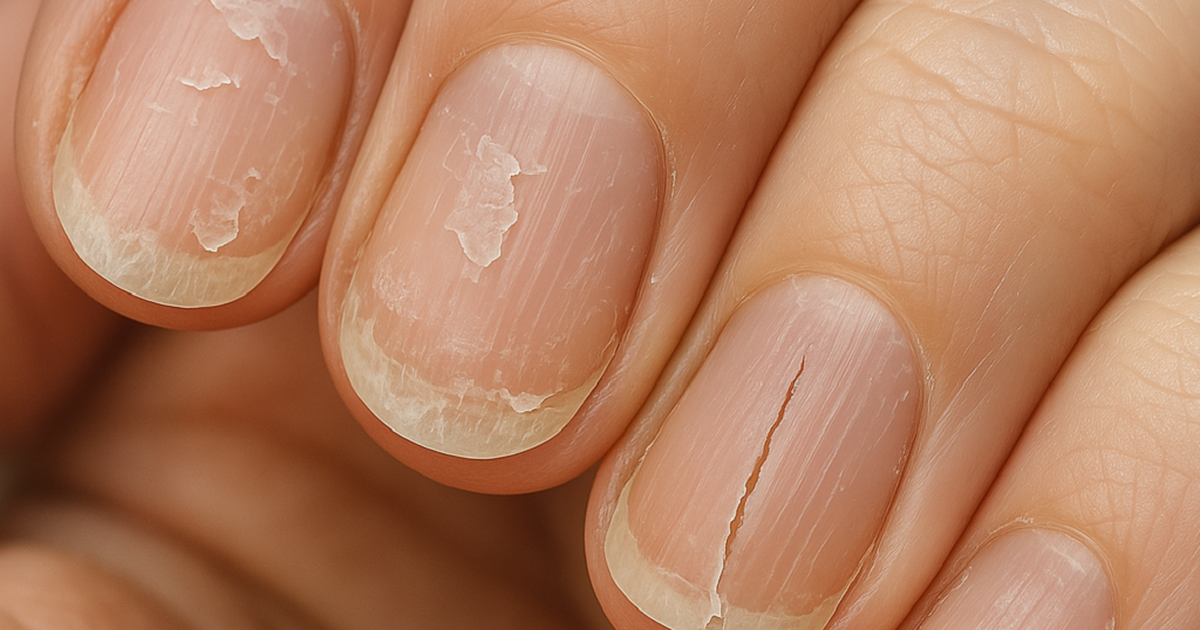
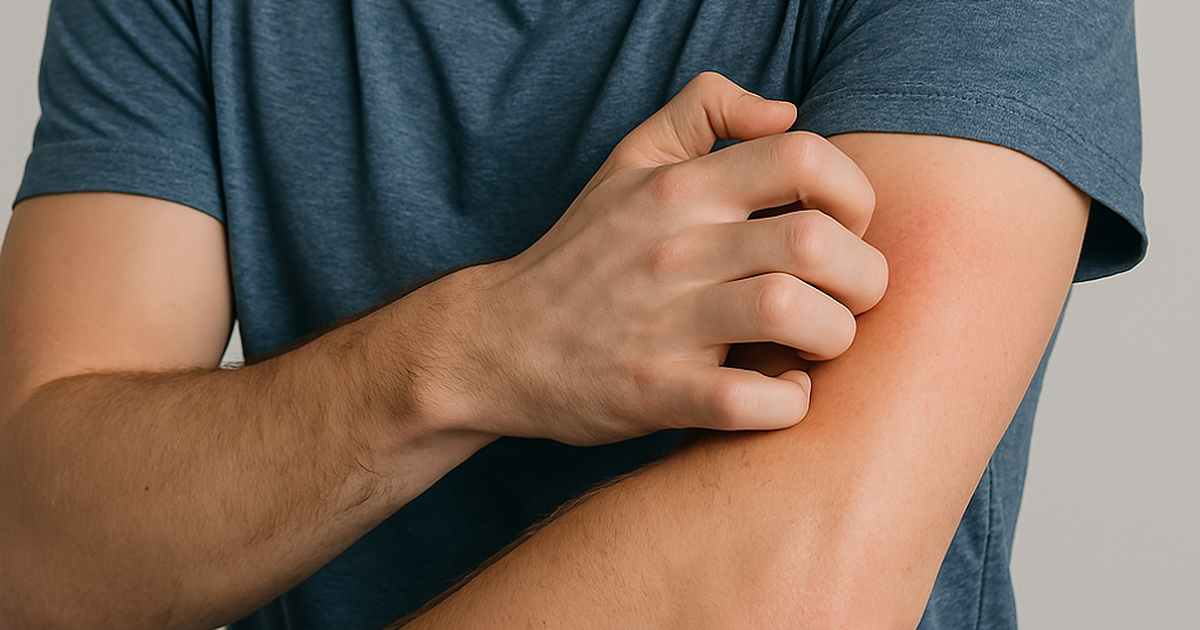



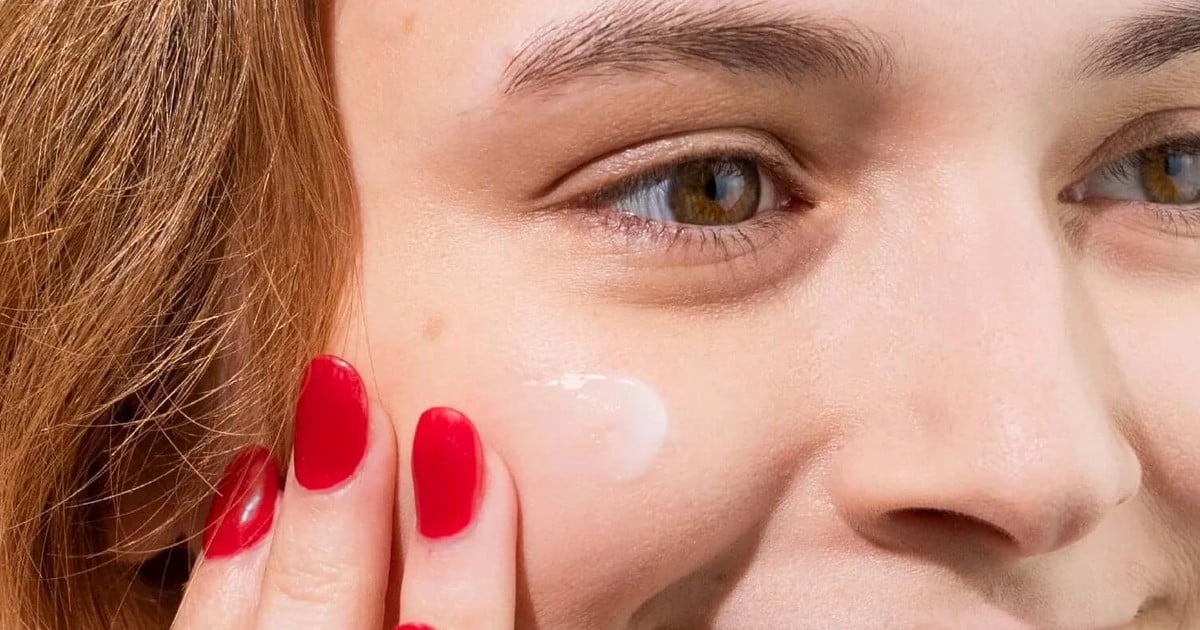

























































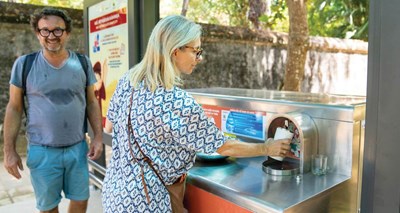














Comment (0)